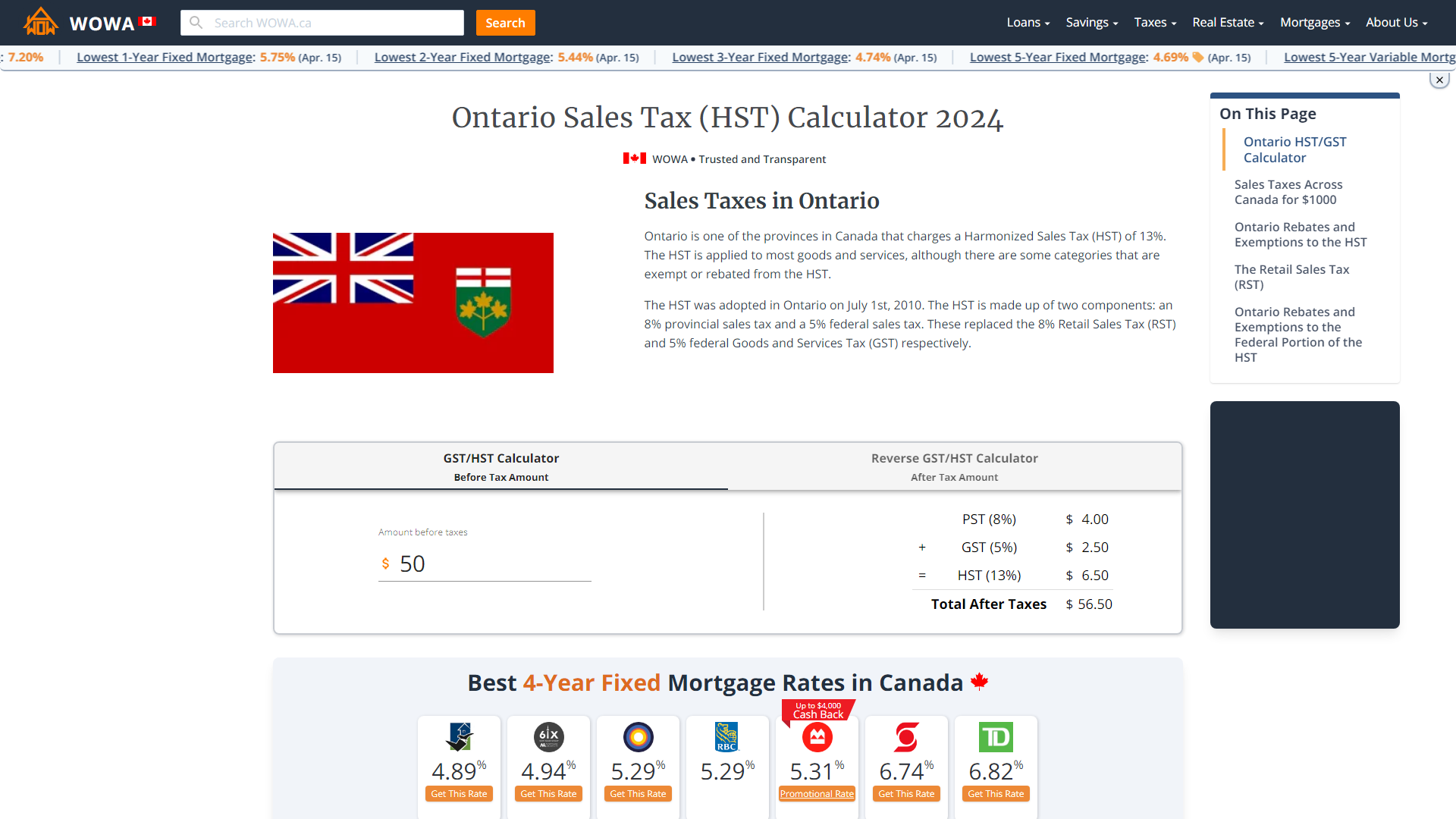

Thereafter, the remainder of the tax is due by the original date of the return, without regard to any extension. On or before June 15 of the electing tax year, at least 50% of the elective tax must be paid.
#California tax brackets full#
Entities interested in participating in 2021 will have to pay the full measure of tax on or before the due date of the original return, without regard to any extension.įor entities interested in participating between January 1, 2022, and January 1, 2026, the requirements are slightly different. Elective Tax Due DatesĮntities are eligible to participate for taxable years beginning on or after January 1, 2021, and before January 1, 2026. Instead, the state income tax deduction is claimed by an electing taxpayer, such as individuals, estates, or trusts-regardless of their state of residence. Therefore, even though an S corporation can own a qualified entity, it can’t claim the tax deduction. A qualified taxpayer excludes partnerships and business entities that are disregarded for federal tax purposes, including the disregarded entity’s partners or members. California defines a qualified taxpayer as a partner, shareholder, or member of an electing qualified entity that consents to have its income subject to this tax. Defining Qualified TaxpayersĪB 150 allows only qualified taxpayers to claim a federal income tax deduction for the tax paid by the PTE. For example, where a legal entity structure includes tiered partnerships or disregarded entities, additional organizational planning will likely be required for those entities wanting to participate in this opportunity. Therefore, a PTE isn’t a qualified entity if its ownership group includes a disregarded entity, a partnership, or a corporation that’s a member of a combined reporting group or eligible as a member of a combined report for corporate tax.Īs a result of these limitations, a careful review with a tax advisor of the PTE’s organization structure, including the composition of its ownership group, is recommended. Therefore, a general partnership, limited partnership, or LLC that’s taxed as a partnership could be a qualified entity while a publicly traded partnership can’t be a qualified entity.Īdditionally, a qualified entity can only be owned by corporations, fiduciaries, estates, trusts, or individuals. A qualified entity is an entity taxed as a partnership or S corporation. Defining Qualified EntitiesĪB 150 allows only a qualified entity to elect to pay income tax on the entity’s net income for the taxable year. Taxpayers subject to higher income tax rates-California’s highest personal income tax rate is currently 13.3%-will need to pay any additional tax due with their individual return. If this election is made, qualified PTEs calculate the entity-level tax using a fixed tax rate of 9.3%. An electing taxpayer receives a California tax credit for the tax paid at the entity level, which can offset their California individual income tax obligation. Specifically, the election creates a deduction on the PTE’s federal income tax return because the state taxes paid by the PTE reduce the federal taxable income that its electing owners report on their federal income tax return. California’s new law provides a workaround to this limitation by allowing a PTE to make an election to pay California income tax at the entity level.
#California tax brackets code#
Understanding the New LawĬurrently, the Internal Revenue Code (IRC) places significant limitations on state tax deductions for individuals. This Act allows limited liability companies (LLC), S corporations, and partnerships-also known as pass-through entities (PTE)-the opportunity to claim a state income tax deduction on their federal income tax return for taxes paid to California. On July 16, 2021, California Governor Gavin Newsom signed into law Assembly Bill (AB) 150, the Small Business Relief Act.

Quality of Earnings (Buy-Side/Sell-Side).Tax Incentives Energy Efficient Buildings.Employer credit for family and medical leave.State & Local Tax Controversy & Dispute Resolution.Federal Tax Controversy & Dispute Resolution.


 0 kommentar(er)
0 kommentar(er)
